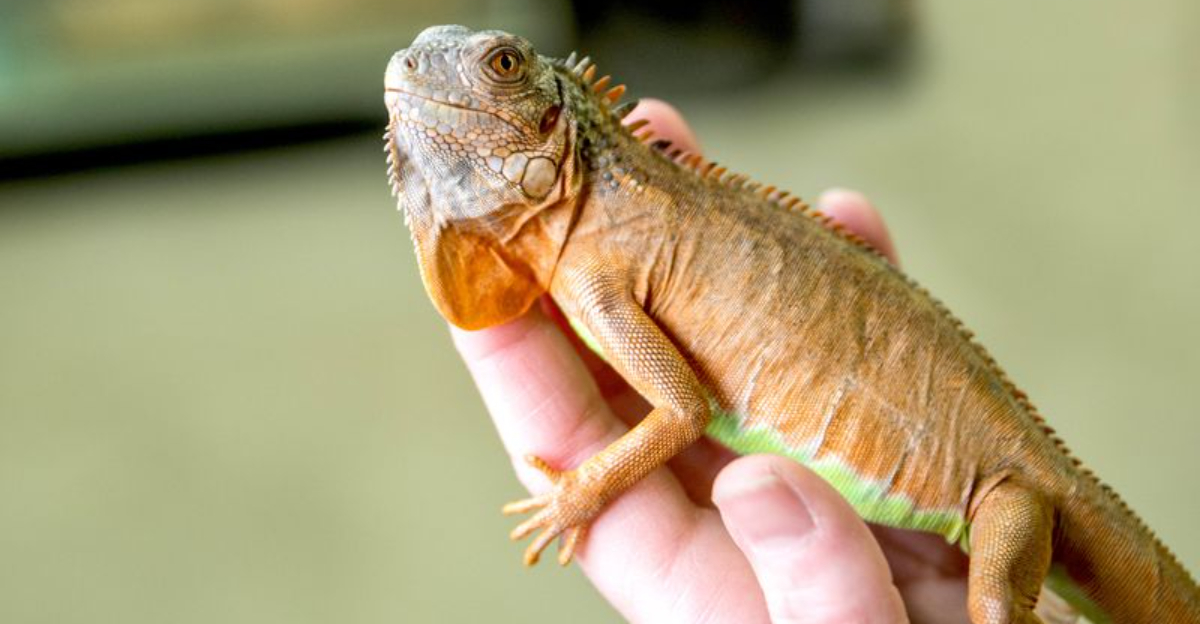Thinking of adding a touch of the wild to your home with a Gila monster or fennec fox?
In Arizona, where the desert overflows with extraordinary creatures, owning an exotic pet is possible—but it comes with a rulebook as layered as the landscape itself.
Before you bring home that adorable coatimundi or a venomous reptile, be ready to navigate a maze of permits, regulations, and responsibilities that might surprise even the most seasoned animal lovers.
1. Legal Exotic Pets in Arizona
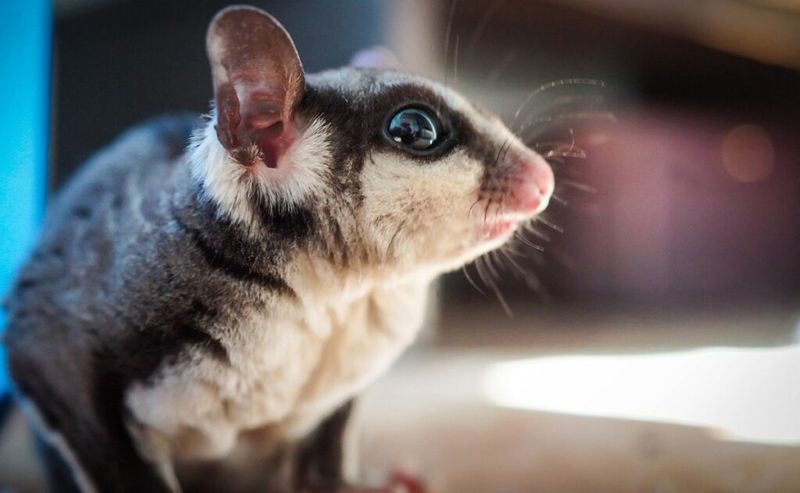
Surprisingly, Arizona allows more exotic pets than you’d expect! I can legally own sugar gliders, hedgehogs, and even non-native big cats with proper permits. Ferrets, chinchillas, and certain non-venomous reptiles don’t require special permission.
My friend Jake adopted a wallaby last year—totally legal here, though the paperwork was intense. Arizona’s hot climate actually makes it ideal for certain exotic species that thrive in desert-like conditions.
Just because something’s legal doesn’t mean it’s simple, though. Before bringing home any exotic animal, you need to do your research, as requirements can change and some legal pets need specific care that most owners aren’t prepared to provide.
2. Restricted and Prohibited Species

Arizona draws a hard line with certain animals. Venomous reptiles, primates, and most native wildlife species fall under strict prohibition unless you hold professional permits. The state’s ban list includes alligators, crocodiles, and piranhas—creatures that could wreak havoc on local ecosystems if released.
Getting caught with illegal exotics isn’t just a slap on the wrist. Penalties include hefty fines reaching thousands of dollars and potential criminal charges.
What surprises most people? Some pets that are commonly kept in other states—like raccoons and skunks—are completely banned here due to concerns over rabies. Always check the Arizona Game and Fish Department’s current regulations before setting your heart on an unusual pet.
3. Permit Requirements
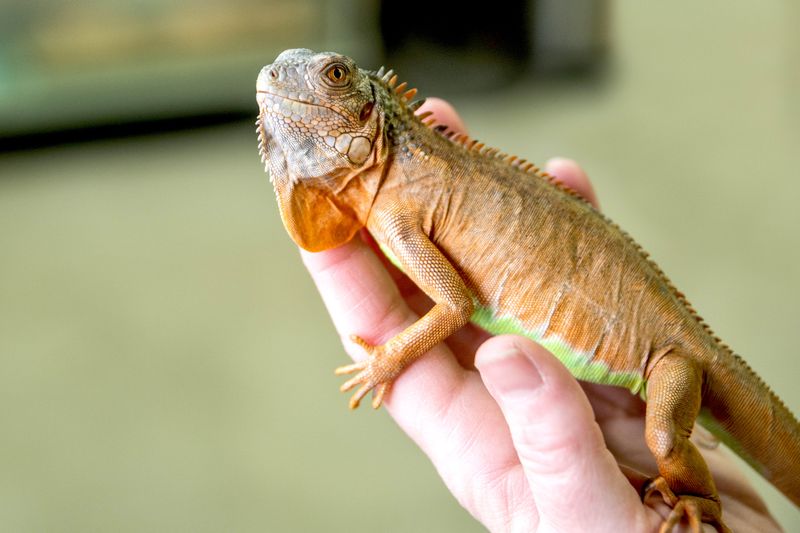
Paperwork becomes your new best friend when pursuing exotic pet ownership. The Arizona Game and Fish Department requires specific permits for wildlife holding, exhibition, and special licenses for certain species. These aren’t handed out like candy—expect thorough background checks and facility inspections.
Annual fees vary wildly depending on what you’re keeping. A basic wildlife holding permit starts around $15, while commercial licenses can run hundreds.
The application process for a fennec fox permit can test anyone’s patience. Departments often require detailed habitat plans, proof of knowledge about exotic animals, and contingency plans for emergencies. Be prepared to show you’re a responsible owner before that permit ever comes through.
4. Local Ordinances May Apply
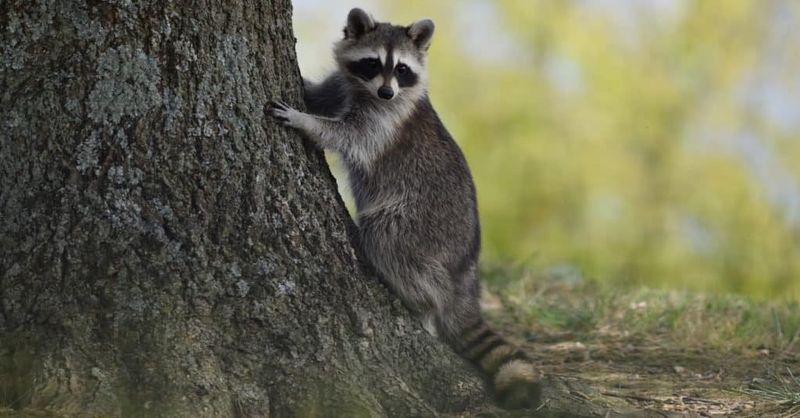
State laws aren’t your only challenge! Phoenix, Tucson, and Scottsdale each have their own exotic pet regulations, and they can be stricter than Arizona’s overall rules. My cousin in Flagstaff learned this the hard way when city animal control showed up after neighbors spotted his legally-permitted serval cat.
Homeowners associations (HOAs) and rental agreements add another layer of complexity. Many HOAs explicitly ban exotic animals, even if they’re legal at the state level.
Smart exotic pet owners always check with their city clerk’s office before bringing animals home. Urban areas typically have stricter restrictions than rural communities, where noise complaints and safety concerns affect fewer neighbors. Don’t assume state permission automatically means local approval—this misunderstanding has cost many exotic pet owners thousands in relocation expenses.
5. Animal Welfare Considerations
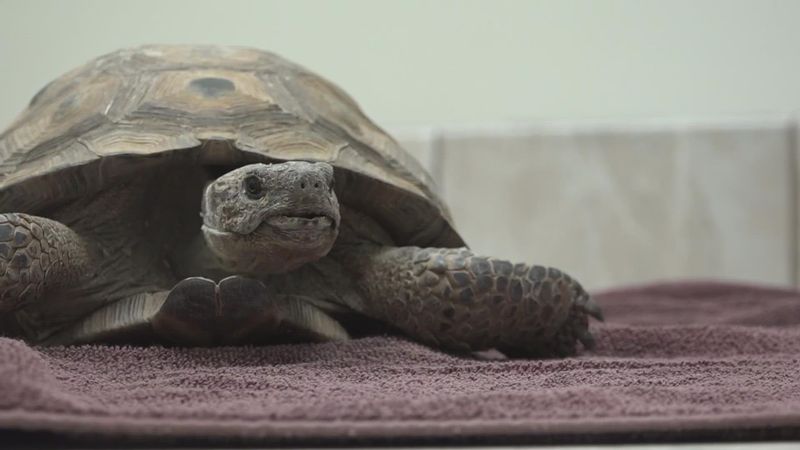
Desert heat poses serious challenges for exotic pets not evolved for Arizona’s climate. Temperatures regularly soaring above 110°F can be deadly for species adapted to temperate or tropical forests. Creating microenvironments with proper cooling systems isn’t optional—it’s essential.
Housing requirements differ dramatically from traditional pets. Fennec foxes need digging opportunities, while sugar gliders require vertical space for gliding and socialization with their own kind.
The moral responsibility is significant. These animals haven’t been domesticated over thousands of years like dogs and cats, so their wild instincts remain intact. This means they experience stress in captivity differently. Before bringing home that adorable coatimundi, ask yourself: Can I truly meet all of its physical, psychological, and environmental needs for its entire lifespan?
6. Health and Safety Risks

Zoonotic diseases aren’t just fancy words—they’re real threats when keeping exotic species. Salmonella from reptiles, herpes B from macaques, and various parasites can jump from animal to human with devastating consequences. My veterinarian friend treats at least one serious exotic pet-related infection monthly.
Physical dangers vary by species. Those cute little capuchins? They can inflict serious bites when mature. Even non-venomous snakes present constriction risks, especially around children or smaller pets. Emergency preparedness becomes crucial with exotics. Arizona’s frequent power outages during summer monsoons can disable climate control systems. Without backup generators, temperature-sensitive species may suffer or perish within hours. Always maintain emergency protocols for evacuation, power loss, and medical crises.
7. Environmental Impact
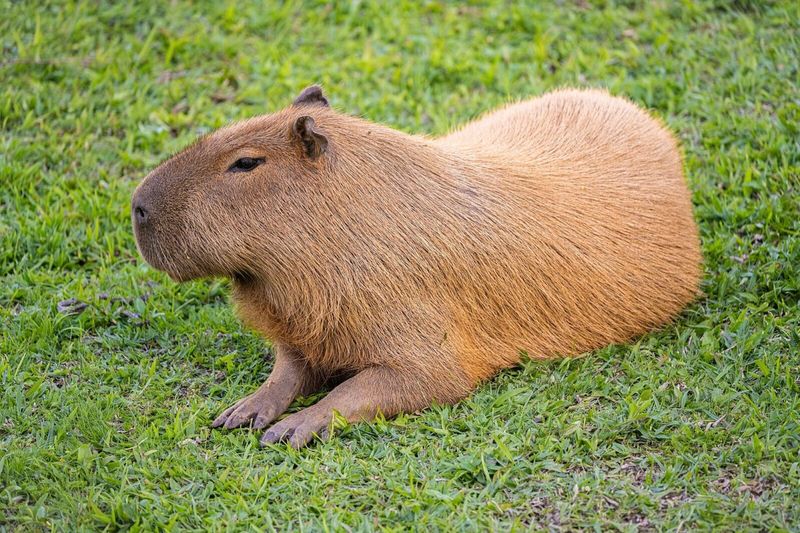
Released exotic animals cause serious damage to Arizona’s delicate desert ecosystem. Escaped Burmese pythons devastating Florida’s Everglades serve as a cautionary tale—our Sonoran Desert faces similar vulnerability. Non-native species can outcompete native wildlife for resources or become invasive predators.
Water consumption presents another concern in our drought-prone state. Some exotic species require significant water for bathing, swimming, or maintaining humidity levels in their habitats.
Responsible ownership means having secure containment systems to keep pets from escaping. Double-door entry systems for reptile rooms, microchipping when possible, and regular habitat checks become part of life with exotics. The environmental impact of neglect goes beyond your property, potentially affecting generations of local wildlife. Never, under any circumstances, release unwanted exotic pets into the wild.
8. Ethical Considerations
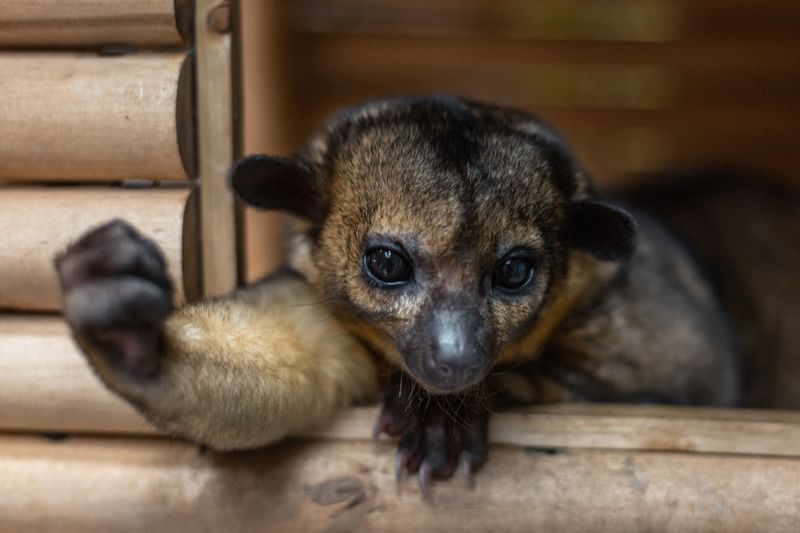
The exotic pet trade raises tough questions about the ethics of how these animals are acquired.
Many species enter the market through questionable channels—smuggling, wildlife trafficking, or breeding facilities with deplorable conditions. Researching your seller’s reputation becomes non-negotiable.
Lifespan commitment shouldn’t be underestimated. Adopting a kinkajou means committing to potentially 25+ years of specialized care—longer than many marriages last!
The capacity for natural behaviors in captivity varies dramatically. Some exotics suffer psychological distress when denied their natural social structures or territories. Witnessing stereotypic behaviors like pacing, self-mutilation, or excessive vocalization should trigger immediate welfare reassessment. The ethical exotic pet owner constantly questions whether their animal is truly thriving, not merely surviving.
9. Veterinary Care

Finding qualified exotic veterinarians in Arizona requires detective work. Only a handful of practitioners statewide specialize in non-traditional species, mostly concentrated in Phoenix and Tucson. Rural exotic pet owners often drive hours for routine checkups.
Costs skyrocket compared to conventional pet care. Dental procedures for fennec foxes often cost significantly more than similar treatments for dogs. Specialized equipment, training, and medications drive these price differences.
Preventative care protocols differ wildly between species. Desert-adapted reptiles need different parasite prevention than tropical mammals. Emergency care presents even greater challenges—most emergency clinics lack exotic experience for middle-of-the-night crises. Establish relationships with exotic veterinarians before emergencies strike, and maintain savings specifically for your exotic pet’s medical needs. Their lives literally depend on this preparation.
10. Public Perception and Responsibility

Exotic pet owners face judgment from neighbors, family, and even strangers. The stigma stems partly from irresponsible owners making headlines when things go wrong. Remember the escaped serval in Scottsdale last summer? That incident triggered three new local ordinances affecting all exotic owners.
Community education is an important part of exotic pet ownership. Pet owners often find themselves offering impromptu educational sessions, which play a key role in shaping public perception of keeping exotic animals.
Insurance companies increasingly scrutinize exotic ownership. Many homeowner policies exclude coverage for exotic animal incidents, requiring separate liability policies. Responsible ownership means acknowledging that your choice affects not just you but your community. The privilege of keeping these remarkable animals carries a corresponding obligation to be their ambassador and advocate.
11. Disaster Preparedness

Arizona’s natural disasters hit exotic pet owners especially hard. Wildfires, flash floods, and extreme heat events require tailored evacuation plans. Standard emergency shelters typically refuse exotic species, leaving owners scrambling during crises.
Create species-specific emergency kits containing temporary housing, specialized food, and medical supplies. Practice loading and transporting your animals regularly—you won’t have time to coax a reluctant sugar glider into a carrier when flames approach.
Network with other exotic owners to establish mutual aid systems. When my neighborhood faced evacuation during the 2020 wildfires, three other exotic owners and I had prearranged agreements to house each other’s animals if needed. Disaster planning isn’t paranoia—in Arizona’s unpredictable climate, it’s an essential responsibility that can mean life or death for animals that depend entirely on our preparation.
